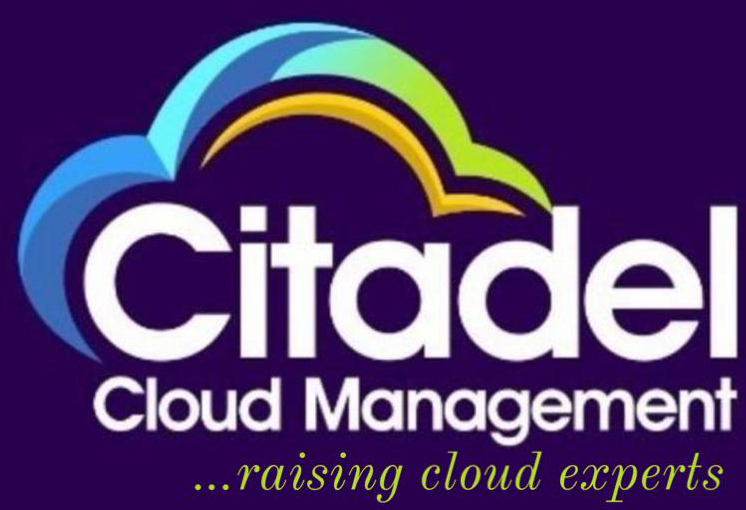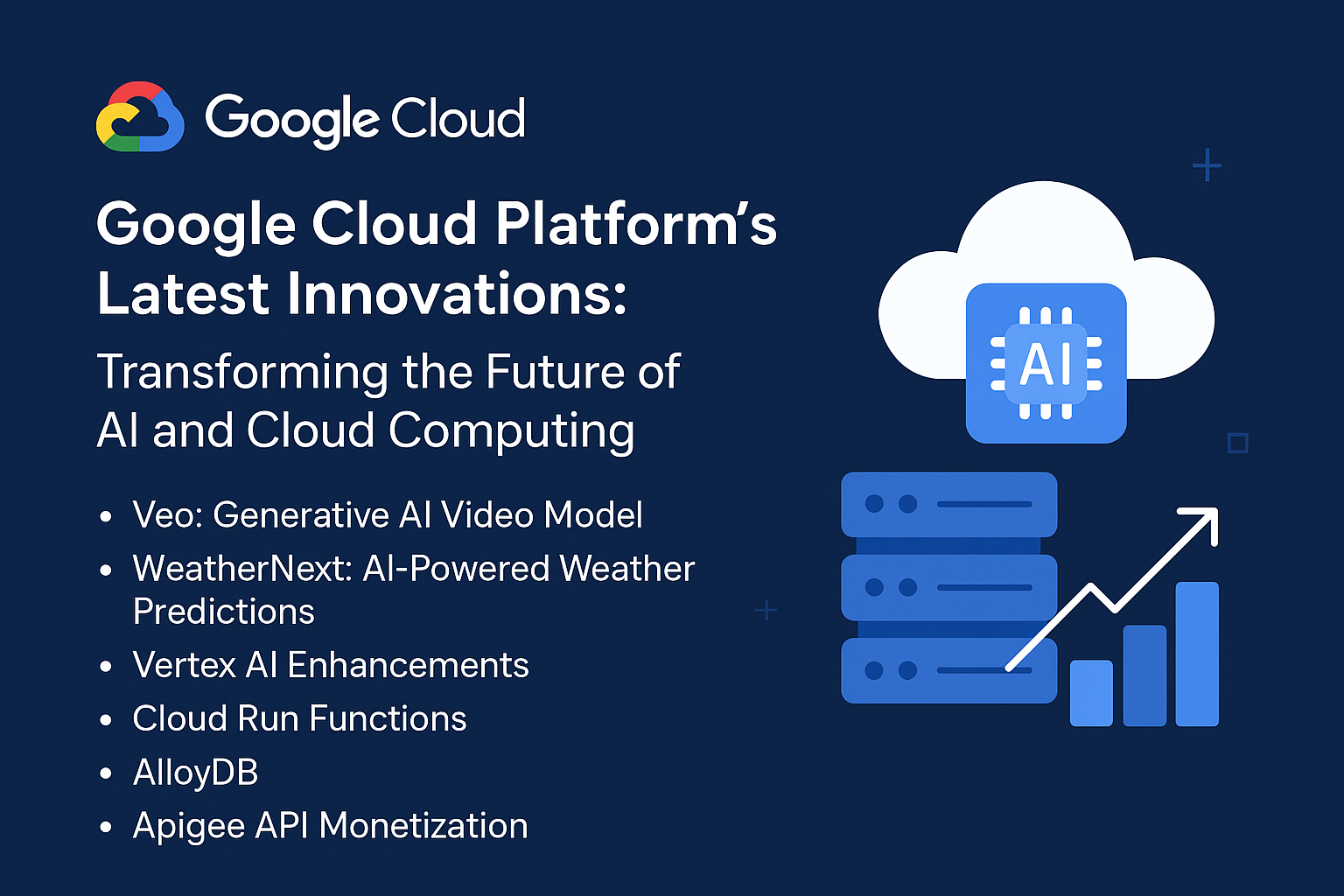Table of Contents:
- Introduction
- What is Cloud Data Warehousing?
- What is On-Premises Data Warehousing?
- Key Differences Between Cloud and On-Premises Data Warehousing
- 4.1. Cost Considerations
- 4.2. Scalability
- 4.3. Maintenance and Management
- 4.4. Security and Compliance
- 4.5. Performance and Speed
- Advantages of Cloud Data Warehousing
- 5.1. Flexibility and Agility
- 5.2. Integration with Big Data
- 5.3. Accessibility and Collaboration
- 5.4. Disaster Recovery and Business Continuity
- Advantages of On-Premises Data Warehousing
- 6.1. Control and Customization
- 6.2. Data Privacy and Security
- 6.3. Reliability
- 6.4. Regulatory Compliance
- Challenges of Cloud Data Warehousing
- 7.1. Data Migration Complexities
- 7.2. Latency Concerns
- 7.3. Vendor Lock-in
- Challenges of On-Premises Data Warehousing
- 8.1. High Initial Costs
- 8.2. Lack of Scalability
- 8.3. Long Deployment Time
- Use Cases for Cloud Data Warehousing
- 9.1. Startups and Growing Businesses
- 9.2. Organizations with Variable Workloads
- 9.3. Big Data and Analytics
- Use Cases for On-Premises Data Warehousing
- 10.1. Large Enterprises with Stable Data Needs
- 10.2. Industries with Stringent Regulatory Requirements
- How to Choose Between Cloud and On-Premises Data Warehousing
- Conclusion
1. Introduction
This section sets the stage by providing an overview of what data warehousing is and why organizations must decide between cloud and on-premises solutions. The introduction touches upon the rising trend of cloud computing and how it impacts modern data management strategies.
- Resource Links:
2. What is Cloud Data Warehousing?
Cloud data warehousing refers to the practice of storing and managing data in a cloud-based environment. Services like AWS Redshift, Google BigQuery, and Snowflake provide scalable solutions for businesses to store large volumes of data without managing the underlying infrastructure.
- Resource Links:
3. What is On-Premises Data Warehousing?
On-premises data warehousing involves storing and managing data on physical servers that are located within an organization’s facilities. This approach typically requires substantial capital investment in hardware and software.
- Resource Links:
4. Key Differences Between Cloud and On-Premises Data Warehousing
4.1. Cost Considerations
Cloud data warehousing typically follows a pay-as-you-go pricing model, where costs are based on usage, while on-premises systems involve large upfront investments for hardware, software, and IT staff.
- Resource Links:
4.2. Scalability
Cloud solutions provide near-instantaneous scaling based on demand, whereas scaling on-premises systems often requires purchasing additional hardware and extending infrastructure.
- Resource Links:
4.3. Maintenance and Management
Cloud providers handle most of the maintenance and software updates, while on-premises solutions require dedicated in-house IT teams.
- Resource Links:
4.4. Security and Compliance
On-premises systems offer more control over security and compliance, which can be crucial for highly regulated industries, while cloud services have advanced security protocols but require trust in the service provider.
- Resource Links:
4.5. Performance and Speed
On-premises data warehousing solutions generally offer faster access to data due to local storage, while cloud services may face latency issues depending on the geographic distance from the data center.
- Resource Links:
5. Advantages of Cloud Data Warehousing
5.1. Flexibility and Agility
Cloud data warehousing allows for easy modifications in storage, processing power, and services, enabling businesses to respond quickly to changing needs.
- Resource Links:
5.2. Integration with Big Data
Cloud solutions support easy integration with big data tools, such as Hadoop and Spark, making them ideal for advanced analytics.
- Resource Links:
5.3. Accessibility and Collaboration
Cloud platforms offer global access and collaboration capabilities, allowing teams to work from any location.
- Resource Links:
5.4. Disaster Recovery and Business Continuity
Cloud providers offer built-in backup and disaster recovery solutions, ensuring business continuity in case of outages.
- Resource Links:
6. Advantages of On-Premises Data Warehousing
6.1. Control and Customization
Organizations have full control over their data, hardware, and software configurations, allowing for customized solutions that align with business needs.
- Resource Links:
6.2. Data Privacy and Security
On-premises solutions give businesses full control over their security protocols, which is critical for sensitive data.
- Resource Links:
6.3. Reliability
On-premises systems are often seen as more reliable due to physical proximity to the IT team and infrastructure control.
- Resource Links:
6.4. Regulatory Compliance
Certain industries with strict compliance requirements (like healthcare or finance) may prefer on-premises solutions to ensure compliance.
- Resource Links:
7. Challenges of Cloud Data Warehousing
7.1. Data Migration Complexities
Migrating large datasets to the cloud can be a time-consuming and complex process.
- Resource Links:
7.2. Latency Concerns
There might be network latency issues, particularly for businesses that need to access data in real-time.
- Resource Links:
7.3. Vendor Lock-in
Cloud providers often use proprietary technologies, making it hard to migrate to another vendor without significant effort.
- Resource Links:
8. Challenges of On-Premises Data Warehousing
8.1. High Initial Costs
The upfront investment for hardware, software, and IT staff can be prohibitive for small to medium-sized businesses.
- Resource Links:
8.2. Lack of Scalability
Scaling on-premises solutions requires purchasing additional hardware, which may be expensive and time-consuming.
- Resource Links:
8.3. Long Deployment Time
Implementing and deploying on-premises systems can take months, whereas cloud services can be operational almost immediately.
- Resource Links:
9. Use Cases for Cloud Data Warehousing
9.1. Startups and Growing Businesses
Startups can benefit from the flexibility and low upfront costs of cloud-based data warehousing.
- Resource Links:
9.2. Organizations with Variable Workloads
Cloud is ideal for businesses that need to scale storage and computing resources based on fluctuating demand.
- Resource Links:
9.3. Big Data and Analytics
Cloud platforms integrate seamlessly with big data technologies, making them perfect for data analytics.
- Resource Links:
10. Use Cases for On-Premises Data Warehousing
10.1. Large Enterprises with Stable Data Needs
Large companies with stable and predictable data requirements may find on-premises systems more suitable.
- Resource Links:
10.2. Industries with Stringent Regulatory Requirements
Industries like healthcare, finance, and government require strict data control, which is easier to maintain on-premises.
- Resource Links:
11. How to Choose Between Cloud and On-Premises Data Warehousing
This section provides a decision framework, helping organizations assess their needs, budget, and long-term strategy to make an informed choice.
- Resource Links:
12. Conclusion
The conclusion wraps up the article by reiterating the factors organizations must consider when deciding between cloud and on-premises data warehousing, emphasizing that the best choice depends on their unique needs.
- Resource Links:
This outline will help you create a detailed article about the pros, cons, and considerations when choosing between cloud and on-premises data warehousing, complete with valuable resource links.

